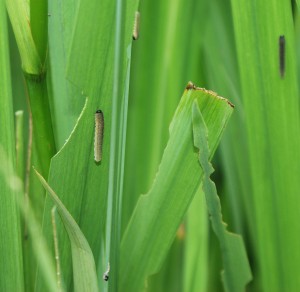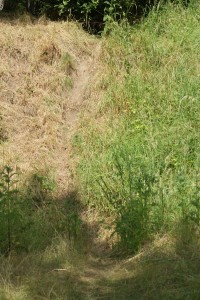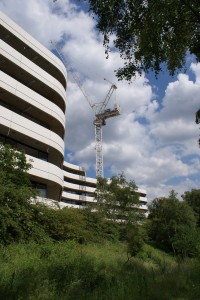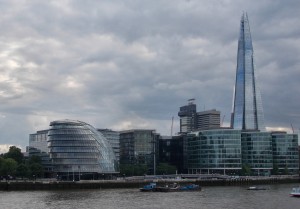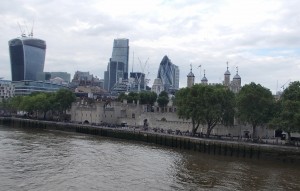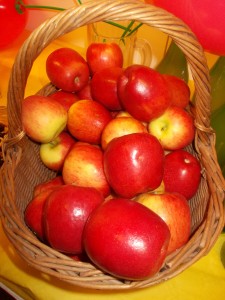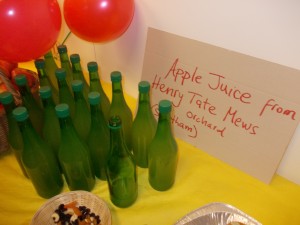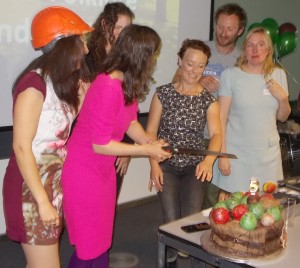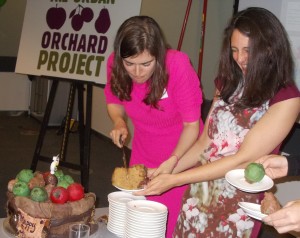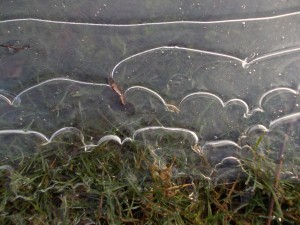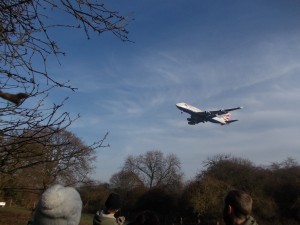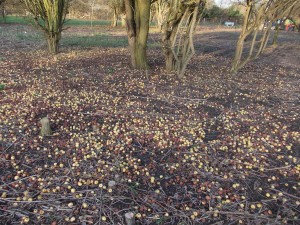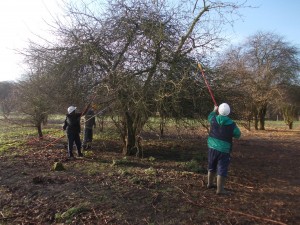In 1942 the scholar of Middle English, christian apologist and author of the Narnia books, C.S. Lewis, published The Screwtape Letters. The explanatory subtitle was Letters from a Senior to a Junior Devil, indicating the purpose of the book, to educate the young devil in the most effective means of corrupting humans from the paths of goodness and righteousness. Of course, we believe (or are free to imagine) the book to have a different purpose altogether for its human readers. In that spirit, here is some Advice to a Young Property Developer.
—o0o—
Dear Frango, you are trying to get planning permission for a huge, ugly glass and concrete stump in a beautiful area that is already fully built-up with attractive rows of houses and their little gardens, small friendly shops and peaceful parks. I understand you like strolling around the area at lunchtimes. Enjoy it by all means, but do not allow your feelings for the area to intrude on your work. Professionalism must come first. Your company’s existence, your job and those of your colleagues depend absolutely on your being able to work unsentimentally and methodically towards the goal of making money through development. You must use all means at hand, within the law or where necessary without it, taking all due precautions of course, to achieve the desired ends in good time. Time is money, as you will become aware. Each month’s delay costs the company a month’s salary for all the employees involved, as well as a month’s interest on the money it has borrowed from the City. It also delays by a month the necessary returns to the company’s owners and shareholders, and your jobs depend ultimately on their confidence in your professionalism and reliability. Therefore, do everything you can not just to get the job done, but to overcome opposition quickly. Leave your feelings for lunchtimes and evenings. All the best, Nick.
Dear Nick, thank you for your letter. I’ll do my best, but we are heavily tied down by planning law, especially the need to consult widely and to provide 40% social housing. What a nuisance! It takes ages and the social housing will cut our profits down terribly. Any ideas? With many thanks again for your help, Frango.
Dear Frango, you are quite right to ask. The good thing about the rules on consulting is that you only have to do it within a fixed distance – I think it’ll be 500 metres in your case. This may sound a lot, but if you choose a site at the boundary of a park or commercial estate, or beside a river for instance, you’ll immediately halve the area involved as you’ll only have to consult in half a circle. Even better, if you can find a place near a borough council boundary, you can forget about the people in the other council! What an excellent rule! Of course, if you’re near an administrative boundary and also beside an industrial estate, then hardly any local residents will ever get to hear about your project, until it’s too late. Things are pretty well stacked in our favour!
As for the 40% social housing, I wouldn’t get too hung up on the percentages. We can easily offer the council some cash “in lieu” of the social housing: they can announce they will be using it somewhere else, some time in the future, to build some social housing, somehow or other (certainly not with us, there’s no money in it, but I’m sure if they offer a building contract, there’ll be some builder willing to take their money off them to throw up some matchwood stuck together with spit for the deserving poor. As soon as your council smell the money – we can call it Section 106 you know, even if it isn’t exactly compensation – they’ll be eating right out of your hand. Your affectionate uncle (may I call myself that?), Nick.
Dear Nick, of course you can be my uncle if you like! Thank you so much for your helpful suggestions. They are just what I needed. My team leader was really impressed in our weekly meeting this morning. We’ve got a suitable site lined up and think we may be able to get away with a 42-storey tower! I couldn’t have imagined we’d be able to risk anything so profitable around here. All the best, Frango.
Dear Frango, delighted to hear it’s all going so well. Do be careful not to get your hopes up too early: remember there are many steps to the process, and “obstacles” to be overcome. Take things one at a time, though, and you’ll soon be in management. Your affectionate uncle, Nick.
Dear Nick, you were right. We’d hardly got started when an incredible busybody of a local nuisance – I think she’s got a lawyer for a husband – has started complaining to all and sundry, and we haven’t even put in a planning application yet. She’s pointed out that we’re in breach of the Local Plan, and that we can’t use Section 106 money to compensate for lack of social housing. If only we could shut her up… Your stressed-out “nephew”, Frango.
Dear Frango, something like this always happens. The good news is, we’re still here, and we have deep pockets. Of course we don’t want the delay and expense, but the fact is, we can cope with it, as we have done on every previous project. You’ll find a way around it. Remember that the busybody and her husband have no funds to fight us with, and plenty of other things to worry about – they have to earn their living, and fight off all our “friends” who are planning developments in the same area. Did you hear about the combined housing/office/retail development just off the high street, and the swimming pool/cinema/housing complex where the old tennis courts were? They’ll be run off their feet, you’ll see, and we can reapply with a marginally different proposal if your 42-storey tower actually gets rejected. So I wouldn’t worry too much if I were you. Your affectionate uncle, Nick.
—o0o—
Buy The Screwtape Letters from Amazon.com
Buy The Screwtape Letters from Amazon.co.uk
(Note: this is not a book review, and the letters here are not from The Screwtape Letters. All the same, you may find the book interesting.)


